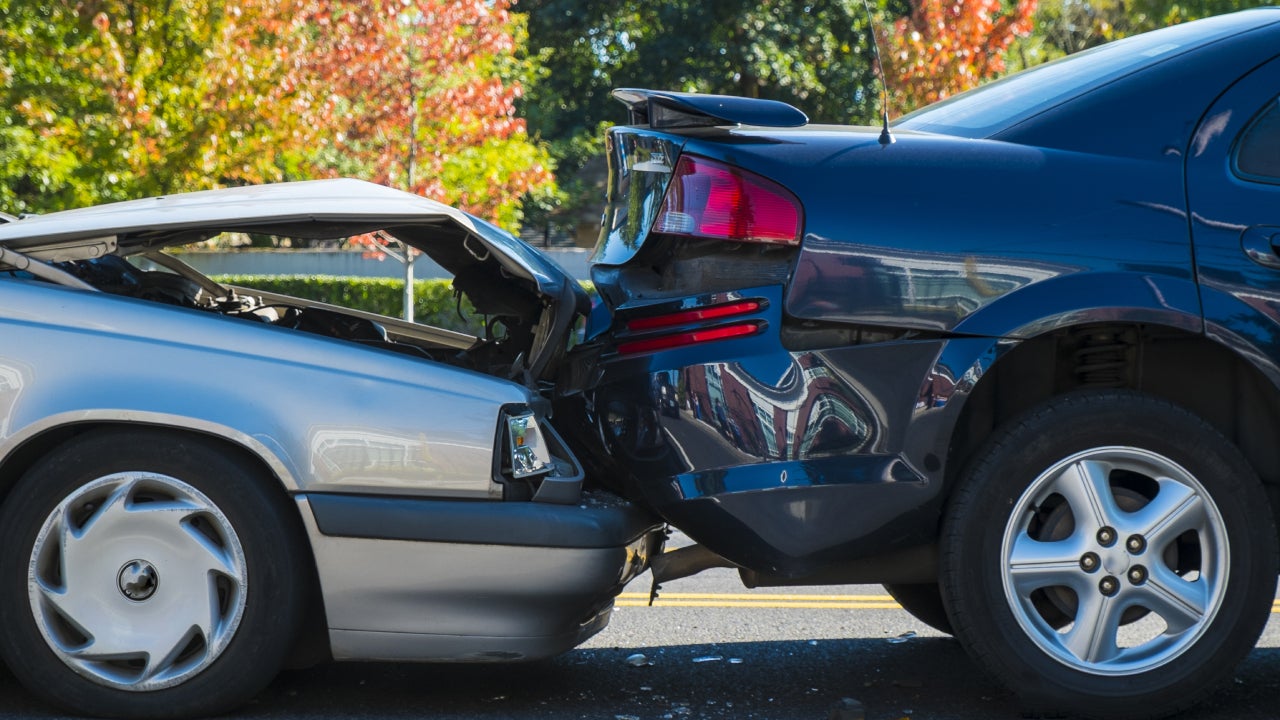Does auto insurance follow the car or the person?

If you’ve ever loaned a car to a friend — maybe one with a less-than-perfect driving record — you may have wondered how car insurance applies when a non-owner gets behind the wheel. Generally, car insurance follows the car, not the driver. But there are a few exceptions, so you may want to brush up on the nuances before you swap rides with a friend or family member.
Is the car insured or the driver?
You purchase an auto insurance policy for a specific vehicle, not a driver, but the policy documents will list the primary drivers on the policy — meaning the drivers who have regular access to the vehicle. If you live alone, this may be just you, but if you have a spouse, children or roommates, they are generally also listed as named drivers on your policy.
If someone who is not a named driver on your policy asks to borrow your car, your existing policy will cover them in most cases. If they have an accident while driving your car, your policy will pay out on any approved claims. But this is not always true, and the best way to know how it works in your case is to read your policy documents or make a quick call to your insurance agent.
The same logic applies if you borrow someone else’s vehicle. If you get into a fender bender, the owner’s insurance policy will likely cover the damage as long as they have the appropriate coverage types and limits in place and they agree to file a claim. If you were at-fault in the accident and the owner doesn’t have collision coverage, their policy will not pay for damage to their own vehicle. This is why insurance experts recommend that you ask about someone’s insurance policy details, including coverage types, before borrowing their vehicle.
When car insurance follows the driver
There are some exceptions that could cause an insurance policy to follow the driver, not the car. These can include:
You’re renting a car
Many car rental agencies offer the opportunity to purchase rental car insurance when you pick up your rented vehicle. In some cases, this may be an unnecessary expense, because it’s possible your policy (or even your credit card) already includes coverage for a car rental. Keep in mind, however, that some personal car policies do not cover using your car for work purposes, so if you are renting a car for business, you might not be covered. The only way you can know for sure is by reading the fine print on your policy or speaking with your insurance agent.
You purchased a new car
In most states, you need to meet minimum car insurance laws before you hit the road in a new vehicle. However, if you already own a car, a grace period typically applies where your existing policy will cover your new car at the same coverage limits as your old car. This grace period is usually up to two weeks, but you have to officially add your new car to your policy before it expires.
You get into an accident in a car with insufficient coverage
If you were to borrow someone’s car and cause damage that isn’t covered by their policy, there is a chance that your personal auto policy could kick in to cover the damage. Note that this may not be the case with all insurers, and filing a claim for damage — even if it’s not for your vehicle — will likely cause your rates to increase.
Adding other drivers to a car insurance policy
In most cases, members of your household who have driver’s licenses must be named on your policy. Most insurers expect that anyone who lives in your home — your spouse, older children or other relatives — is likely to drive the vehicles that are named in the policy and thus must be named on the insurance unless you’ve gotten a specific exclusion for those people.
When you purchase your policy, you may also be asked about other drivers who routinely drive your car. For example, if your in-laws live next door and borrow your car every few days while they’re watching your children, your insurer may want to include them on the policy. This may not be necessary for people who only occasionally borrow your car with permission.
What happens if someone gets in an accident in my car?
If your policy has permissive use, you have given them permission to use your car and you have full coverage, which includes liability, collision and comprehensive, then you should be financially protected. However, if you only have minimum coverage, which generally includes just bodily injury liability and property damage liability, your policy will cover the other party’s medical bills and damages, but your own car’s damage would not be covered.
In some cases, the other person’s policy may be used as secondary insurance, but in an at-fault accident, yours will be the primary insurance policy that will pay for damages. If approved, the claim will be paid up to the limits of your coverage. This could cause your monthly premium to go up, unless you have accident forgiveness as an endorsement on your policy.
Reddit user review
*The quotes and citations included on this page have been verified by our editorial team and are accurate as of the posting date. Outlinked content may contain views and opinions that do not reflect the views and opinions of Bankrate.
Frequently asked questions
Why we ask for feedback Your feedback helps us improve our content and services. It takes less than a minute to complete.
Your responses are anonymous and will only be used for improving our website.
You may also like


What is a comprehensive car insurance claim?

What is medical payments coverage in car insurance?

What is car insurance and how does it work?




